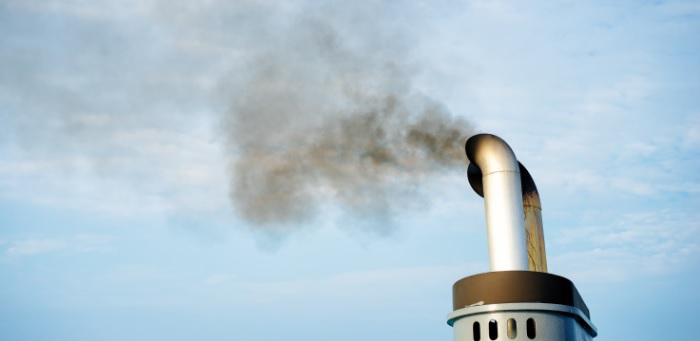Digital solutions and data sharing are likely the key to better enforcement of the 2020 sulphur limit, as demonstrated in the latest EfficienSea2 project, led by the Danish Maritime Authority (DMA).
Namely, working under the aegis of EfficienSea2, Danish company Litehauz has recently developed a solution for ships, which is similar to ”black box” on airplanes: This “black box” is able to transmit sulphur emissions data to the ships’ owner as well as relevant authorities on land.
This technology was recently demonstrated in the Baltic Sea, with the aim om making sulphur emissions monitoring far more efficient than it is today. Current efforts in most countries are based on physical inspection and fuel sampling which could be streamlined for a tighter enforcement “net”.
In September 2016, a sulphur compliance measurement around Denmark, the English Channel and the middle of the Baltic Sea, by the Danish Environmental Protection Agency and the EU projects Compmon and Envisum, revealed that 13% of vessels in the western part of the English Channel, near the SECA border, were in violation of the sulphur regulations. For vessels around Denmark, the corresponding figure was 6-8%, depending on time period.
The DMA is committed to harvesting the benefits of digitalisation – not least with the aim of making enforcement far more effective across the world. For this project, the next step is joining forces with other authorities and industry to determine how best to apply this new technology in the real world.

































































